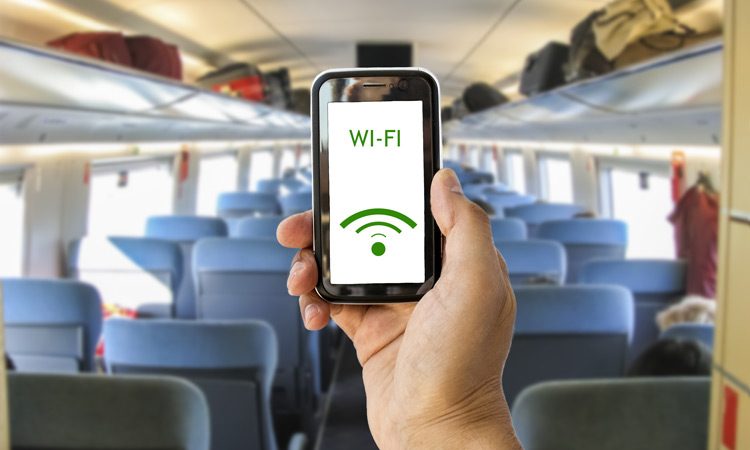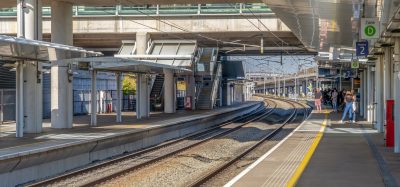New investment announced to improve mobile connectivity across UK rail
Posted: 24 July 2020 | Global Railway Review | No comments yet
The UK government has dedicated £200,000 to develop better mobile connectivity for passengers when travelling across the UK rail network.


The UK Transport Secretary, Grant Shapps, has announced that the end of railway internet blackouts and more productive journeys thanks to better Wi-Fi could be on the way for thousands of rail passengers, as the UK government invests £200,000 to launch research into developing an innovative prototype to improve mobile connectivity.
With over a third of the 11,000 miles of the UK’s railways electrified using Overhead Line Equipment (OLE), research funded by the Department for Transport (DfT) has found that it is possible to attach communications antennas to them, improving connectivity for passengers, as well as reducing the need to build additional track-side masts, therefore cutting costs.
The Mott MacDonald report, published on 24 July 2020, found that there is significant potential to utilise these existing structures to mount equipment, a technique which is increasingly being used in countries such as Austria to address railway mobile connectivity challenges.
Telecom operators are now being urged to come forward and develop suitable equipment for the next phase of the trial, which will test how antennas can be safely fixed onto OLE in a live railway environment, with findings expected to be published by March 2021.
The UK Transport Secretary, Grant Shapps, said: “It is just not good enough that passenger’s mobile connectivity experience is still poor, blighting our efforts to work, shop and communicate on everyday journeys. By harnessing innovation and updating existing infrastructure, we can build the railway of tomorrow and find affordable solutions to improve travel for passengers. I urge telecom operators to match our ambition, and we can commit to working closely together to design equipment and move forward in the next stage of this exciting trial.”
The announcement comes as Ofcom is set to publish on 27 July 2020 updated advice on suitable bands for trackside Wi-Fi connectivity, supporting UK government efforts to improve connectivity on the railway.
Charlene Wallace, Network Rail’s Director of Passenger and Customer Experience, said: “We are keen to work with government and train and telecom operators to deliver more consistent and reliable mobile coverage that improves passengers’ journeys in an efficient and affordable way. Today’s report highlights how the railway can share its electrical infrastructure assets to deliver a better service, and we are delighted that funding has been made available to test solutions at our Rail Innovation & Development Centres.”
She continued: “This project, together with other steps we have taken – increased seating at stations, improved facilities such as free toilets and new water fountains, and greater accessibility – will help to improve passengers’ journeys on the rail network, particularly as we welcome more people back to the railway in the wake of the COVID-19 pandemic.”
It also coincides with further research commissioned by DfT, published on 24 July 2020 by Transport Focus, which shows that rail passenger’s mobile connectivity experience is still poor. The Transport User Panel Survey found the level of satisfaction with connectivity on trains is generally low, while the expectation of being connected is high.
Chief Executive of Transport Focus, Anthony Smith, said: “From helping plan journeys to working on the go, passengers value being able to access internet on the move so they can do something useful during travel time. However, Wi-Fi speed and connectivity can be patchy. We know from our research that passengers now expect a reliable connection and access to free Wi-Fi on trains, but only three in 10 are satisfied with the connection they experience, so they will welcome news of this trial.”
DfT is now working with Network Rail’s Rail Innovation & Development Centres to identify a suitable OLE to conduct the trial by March 2021 and welcomes the opportunity to work collaboratively with telecom providers and participate in testing different prototype antennas.
Related topics
Funding & Finance, Passenger Experience/Satisfaction, Signalling, Control & Communications, Technology & Software, Wi-Fi
Related organisations
Department for Transport (DfT), Network Rail, Ofcom, Transport Focus








